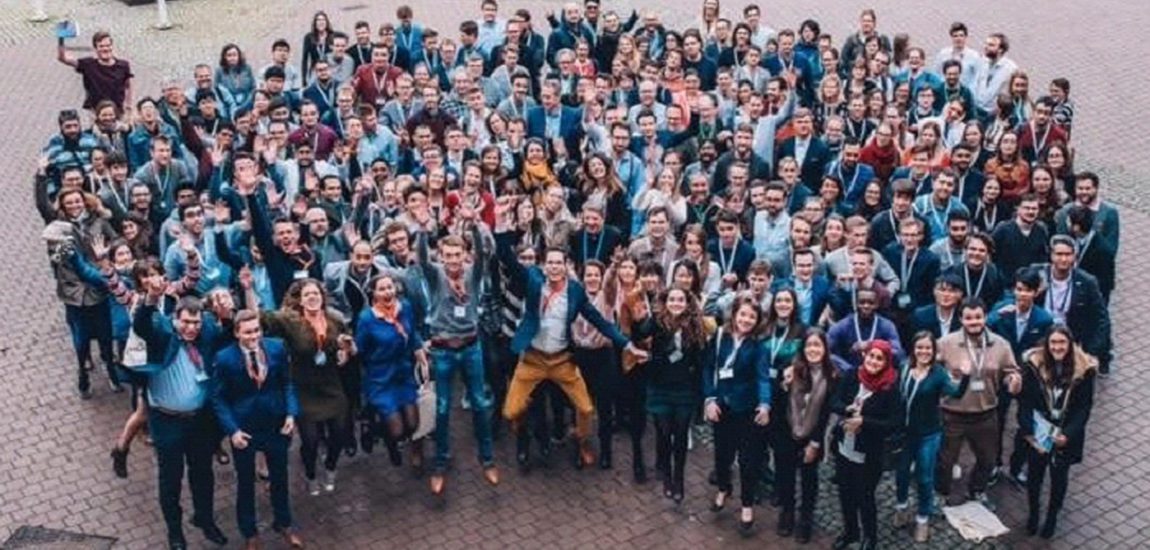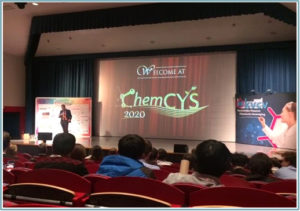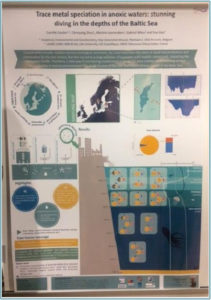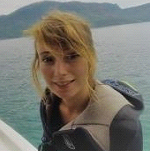
Sun, sand and speed dating in Belgium – ChemCYS 2020
ChemCYS Conference 2020
in Blankenberge (Belgium), 19th – 21st February 2020
Welcome to Blankenberge! A famous Belgian seaside resort by the North Sea, meeting place of families and old people in summer, and of young chemists in wintertime for the renowned ChemCYS Conference.
The 15th edition of the CHEMistry Conference for Young Scientists 2020 (ChemCYS 2020) took place this February in the gigantic Floréal Conference Center, sea view and accommodation included. Over three days, it brought together young scientists and students from various research domains in chemistry. Since 2010, this conference has enjoyed increasing international interest and welcomed a growing number of participants. This year, more than 300 scientists, from all over the world (31 countries in total) attended a wide range of oral and poster sessions related to chemistry. These spanned analytical chemistry, geochemistry and environmental sciences to green chemistry, and organic/inorganic and quantum chemistry. In addition, the organizing committee also arranged various extra scientific activities such as talks from plenary speakers, seminars, workshops and even a career speed-dating event (not forgetting the last evening party, where networking and dancing combined).

This was the second time at a ChemCYSmeeting for me and I realised how much scientific experience and maturity I had gained since the last time I attended in 2018. To be honest, my field of applied environmental sciences was not the most represented at this year-conference. However, I still feel that such topics continue to draw people’s curiosity, given the questions, remarks and discussions I had during the poster session. Many of the participants were studying quantum chemistry or organic chemistry, but environmental geochemistry seems to appeal to them still. And surprisingly, talking to people from outside your own specific area of expertise often results in interesting questions, helping to reveal new insights.
Apart from my poster presentation, I really enjoyed the “career evening” we had. The principle was simple, but pretty entertaining. Representatives of chemical companies were sitting at different tables, while the young scientists could go from one table to another, sit and start a conversation (exactly like speed-dating) about employability, job opportunities, etc. As I am now finishing my PhD (fingers crossed), this event was clearly the perfect place for me to start looking for new research possibilities, to network, and to meet my scientific colleagues as well as companies outside academia.
Overall, the whole conference was an ideal event for young scientists like me to widen their perspective of PhD topics. And last but not least, I am really grateful to EAG for making it possible for me to attend this conference.

About the author

Camille Gaulier is a PhD student, working in beautiful Brussels. The central objective of her research work is to study trace metal dynamics, speciation and bioavailability in various marine environments, using a combination of passive and active sampling techniques. She has tried to focus on coastal areas, given their strong tendency to accumulate such compounds (due to anthropogenic activities, but also natural erosion processes). This has brought her from the shallow turbulent waters of the North Sea to the deep and anoxic waters of the Baltic Sea, by way of transition zones like the Scheldt Estuary. A real sailor scientist, ahoy!
